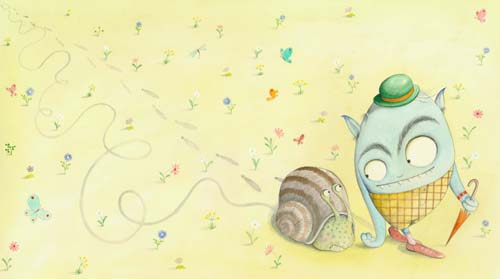Poetry Friday: Savage Machinery
 Friday, August 15th, 2008
Friday, August 15th, 2008
I’ve started reading an early copy of poet Karen Rigby’s forthcoming chapbook, Savage Machinery, to be published next month by Finishing Line Press. As Rigby describes it at her site, Savage Machinery explores 15th and mid-century art (heavy on Edward Hopper), eros, women, and the pleasures of taste (there are a handful of food poems).
On the latter note, here is, arguably, my favorite poem in the collection thus far (let me stress the “thus far” — I have a bit more reading and some re-reading to do), since I got Karen’s permission to share a couple of the poems in their entirety. If, like me, you can see the sanctity in a simple piece of bread (Little Willow, I’m talking to you), you may have a fondness for this one, too:
“Bread”
Pitas swell, parachutes
in their ovens. On holidays, wreaths
braided with raisins.
I like a simple loaf best.
No olives greasy as pennies,
just dry crust flaking
in my hands, torn magnolias
clean and odorous
as bodies after love.
Salt spills like constellations
on my tongue. The first time a man
fed me bread, the pockets of air
were shutters opening.
Oh my and ooh la la! (How’s that for some scholarly poetry analysis?)
Poet Jim Daniels has said about the poems in Savage Machinery, “{i}t’s no accident that some of these poems reference Edward Hopper. Rigby’s language evokes his sparse, barren landscapes where emptiness is tangible, menacing, and beautiful. Her poems are so packed they bloom at the touch.” I love that, as I think it captures her poetry well, especially the bit I emphasized (yes, I emphasized it, not Jim).
These are poems that demand your attention and your careful reading, an appreciation of the craft that went into their creation. And Rigby has an observant eye, creating striking metaphors, bringing us a new awareness of what we thought we knew before, and it’s all like being given a gift. Of course, this is what poets do — create a new awareness in the reader, but Rigby does it with imagery that manages, in some turns, to be bold and spine-tingling all at once. These are poems beautiful, sensual, and strange, and I have felt compelled to re-read each one; they are that rewarding. And the chapbook’s opening poem, in all its strangeness and allurement, draws us in and sets us straight, in terms of what to expect further from Rigby: It’s about a woman bathing in a house mostly burnt-down — and the reactions from the neighbors (“Women envy her freedom. / Tease their husbands, saying church drives / and dry cleaning trips are white lies”).
Below is another poem to close us out, and thanks to Karen for permission to share two poems with you today. To read a few more of her poems online, visit this link at her site. Read the rest of this entry �
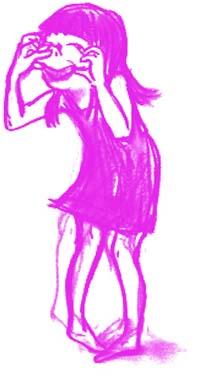 South Korean illustrator
South Korean illustrator 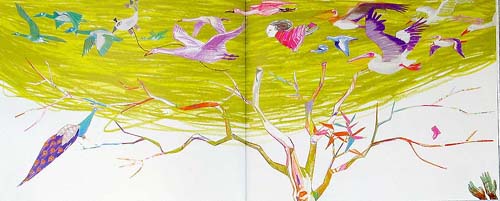
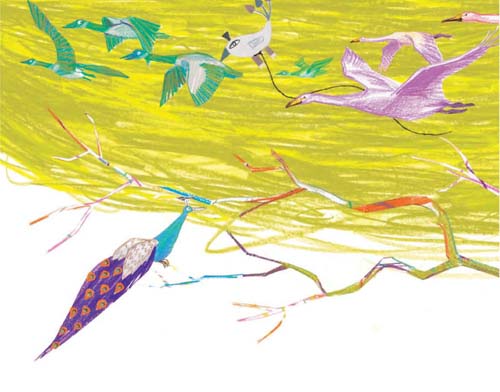
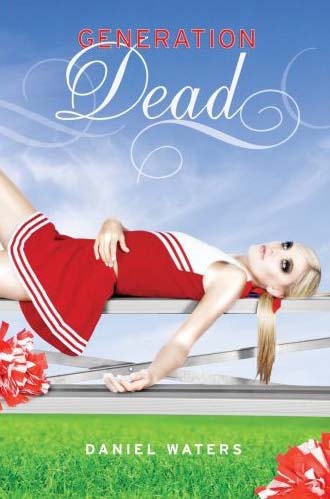 How lucky am I? I convinced Adrienne of
How lucky am I? I convinced Adrienne of 
 Hey, ya’ll — check it out! My Cybils-buddy Becky is on Poetry Friday round-up detail over at
Hey, ya’ll — check it out! My Cybils-buddy Becky is on Poetry Friday round-up detail over at  Since 7-Imp’s fan-dom for Adam’s work knows little to no bounds, we imps are quite excited. But you won’t see a review of this illustrated poetry anthology until later this month.
Since 7-Imp’s fan-dom for Adam’s work knows little to no bounds, we imps are quite excited. But you won’t see a review of this illustrated poetry anthology until later this month. 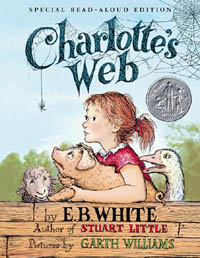 NPR’s Melissa Block
NPR’s Melissa Block 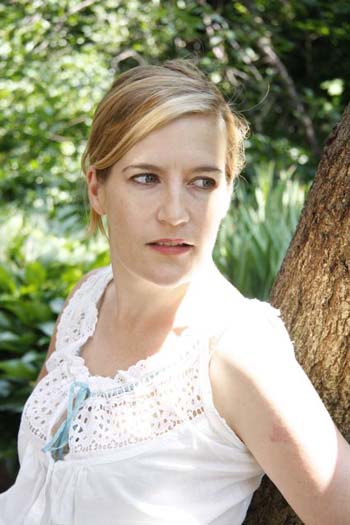 If you read our blog regularly, you could probably guess that it would be difficult for me—should someone, say, have a gun to my head, absurdly enough—to name my top-ten favorite illustrators. It’d just be hard to narrow, my friends.
If you read our blog regularly, you could probably guess that it would be difficult for me—should someone, say, have a gun to my head, absurdly enough—to name my top-ten favorite illustrators. It’d just be hard to narrow, my friends. 